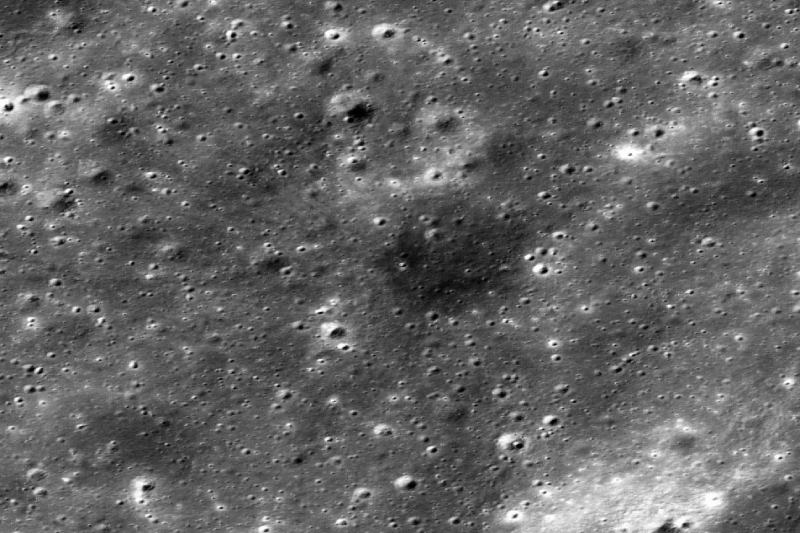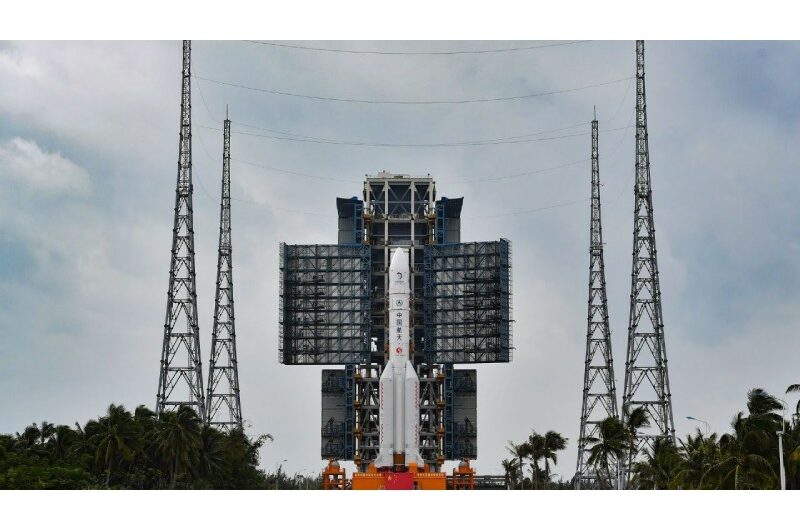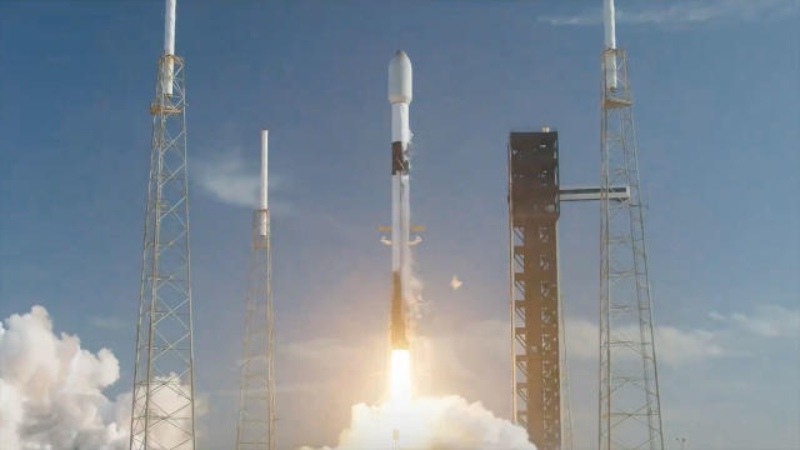A laser beam was sent and received for the first time on the moon between a NASA spacecraft in orbit and an Oreo-sized gadget on ISRO’s (Indian Space Research Organization) Vikram lander. A new method of accurately locating targets on the moon’s surface is now possible thanks to the successful experiment.
On December 12, 2023, at 3 p.m. EST, NASA’s LRO (Lunar Reconnaissance Orbiter) directed its laser altimeter instrument in Vikram’s direction. When LRO sent laser pulses toward the lander, it was 62 miles, or 100 kilometers, from Manzinus crater in the vicinity of the moon’s south pole. NASA scientists realized their method had finally succeeded when light from a tiny NASA retroreflector aboard Vikram was detected by the orbiter.
Tracking the whereabouts of Earth-orbiting satellites from the ground is a typical use of laser pulses directed toward an object and measuring the time it takes for the light to return. However, scientists claim there are numerous uses for the technique on the moon when it is used in reverse, sending laser pulses from a moving spacecraft to a stationary one to pinpoint its exact location.
“We’ve showed that we can locate our retroreflector on the surface from the moon’s orbit,” said Xiaoli Sun, who led the team at NASA’s Goddard Space Flight Center in Greenbelt, Maryland, that developed the retroreflector on Vikram as part of a partnership between NASA and ISRO. “The next step is to improve the technique so that it can become routine for missions that want to use these retroreflectors in the future.”
NASA’s small but powerful retroreflector, known as the Laser Retroreflector Array, is only 2 inches (5 cm) wide and consists of eight quartz-corner-cube prisms mounted within an aluminum frame in the shape of a dome. Scientists claim that the gadget is robust and easy to use; it doesn’t need electricity or upkeep and can survive for many years. The retroreflector’s design enables light to be reflected back to its source from any direction.
Retroreflectors have been utilized on the moon since the Apollo era and have a wide range of scientific and exploratory applications. The suitcase-sized retroreflectors showed that the moon is separating from Earth at a pace of 1.5 inches (3.8 cm) each year by reflecting light back to Earth.
Compared to its larger predecessors, this new generation of tiny retroreflectors offers even more applications. They serve as precise markers on the International Space Station to facilitate autonomous docking of cargo-delivery missions.
In the future, they might be used to aid astronauts or unmanned spacecraft land close to one other by marking the locations of spacecraft already on the surface or guiding the Artemis astronauts to the surface in the dark.
However, more work needs to be done before the moon can be illuminated by retroreflectors. The fact that LRO’s altimeter is currently the only laser instrument orbiting the moon—having operated for 13 years past its intended mission—is the largest obstacle to their immediate deployment. However, the LOLA altimeter’s primary function since 2009 has been studying the moon’s topography in order to prepare for missions to the surface. It was not intended for use in target precision.
A NASA Goddard scientist who works with Sun stated, “We would like LOLA to point to this Oreo-sized target and hit it every time, which is hard.” The altimeter made eight attempts to make contact with Vikram’s retroreflector.
In order to measure the elevation in a given location, LOLA fires five laser beams toward the moon and times how long it takes for each beam to return. The faster the light returns, the closer LOLA is to the surface. At a distance of 62 miles or 100 kilometers, each laser beam has a coverage area of 32 feet, or 10 meters, in width. There is very little possibility that the laser pulse will make contact with a retroreflector on each pass of the lunar orbiter over the lander due to the wide spacing between the beams.
Using altimeters to map the global height of the moon is an excellent way to find craters, rocks, and other objects. However, they are not the best at pointing to a retroreflector that is one-hundredth of a degree away, which is what is needed to reliably get a ping. Small retroreflectors could be made to reach their full potential with a future laser that rakes the surface slowly and constantly, leaving no gaps in coverage.
For the time being, the LRO laser altimeter will be used by the team behind NASA’s small retroreflectors to help fine-tune the position of targets on the surface, particularly landers.
Topics #Isro #NASA










